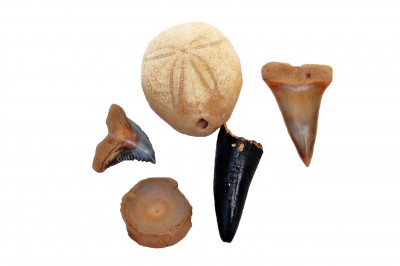UK Mummies May Have Shared Teeth in Prehistoric Land Claims

Mummies were recently discovered below the foundations of a 3,000-year-old South Uist house in Cladh Hallan. Comprised of multi-person jaws, bones and teeth, the mummies have been aptly named ‘Frankenstein Mummies’. Initially, bodies were retrieved during the 2001 excavations in the Scottish Outer Hebrides where scientists explored traces of the Bronze Age from the times of 2200 B.C. To 800 B.C.
The recent find in this prehistoric village is thought (by archaeologists) to reveal a uniting of ancestries into a single lineage. The mummies appear to be the remains of a child aged 3 and an adolescent girl. Other remains resembling “mummy bundles” were unearthed. Using carbon dating techniques, scientists determined that the preserved, non-decomposed bodies might have been buried 600 years post-death.
The discovery revealed a mix of male and female body parts, including skull, neck and jaw forming the mummy. Signs of arthritis and mismatched lower and upper arches of teeth enabled scientists to identify multi-skeletal composites. It is thought that these composites may have been assembled over varying time periods.
The preserving of such compiled ancestral mummies is thought to date back to 1500 B.C. when rights to land in Britain depended on ancestral claim. The mummies may have been used as prehistoric “in-the-flesh” legal documents for proving legal right to land ownership.
Details of the archaeological finding will be published in the August issue of the Journal of Archaeological Science.
Join this Discussion










